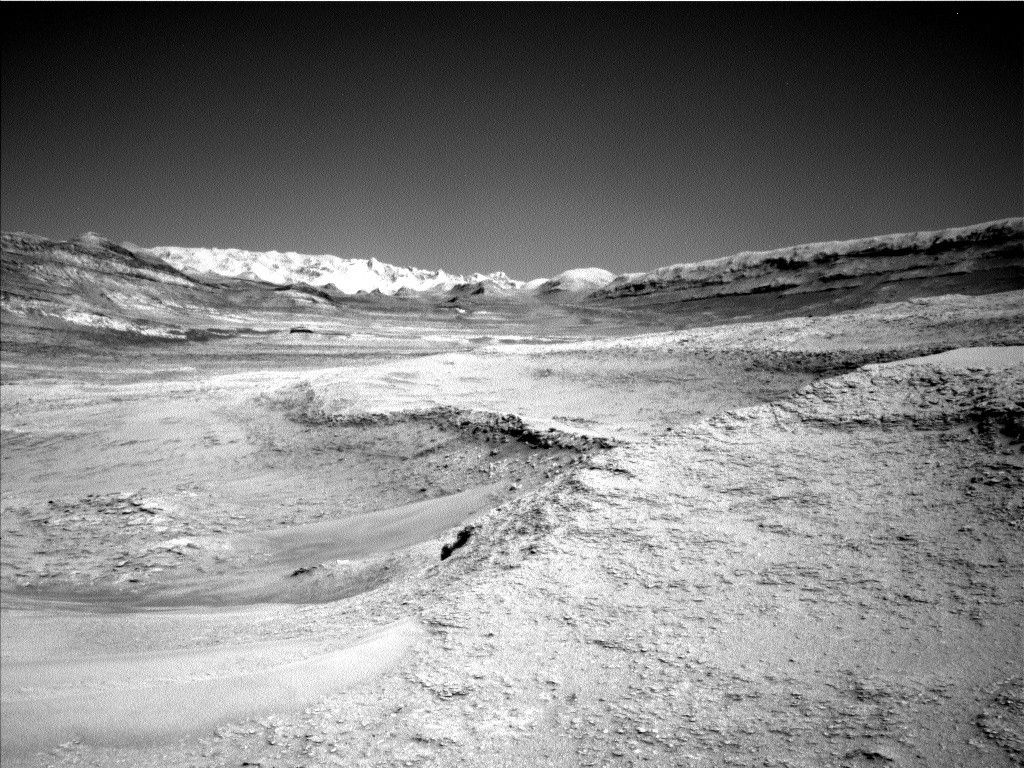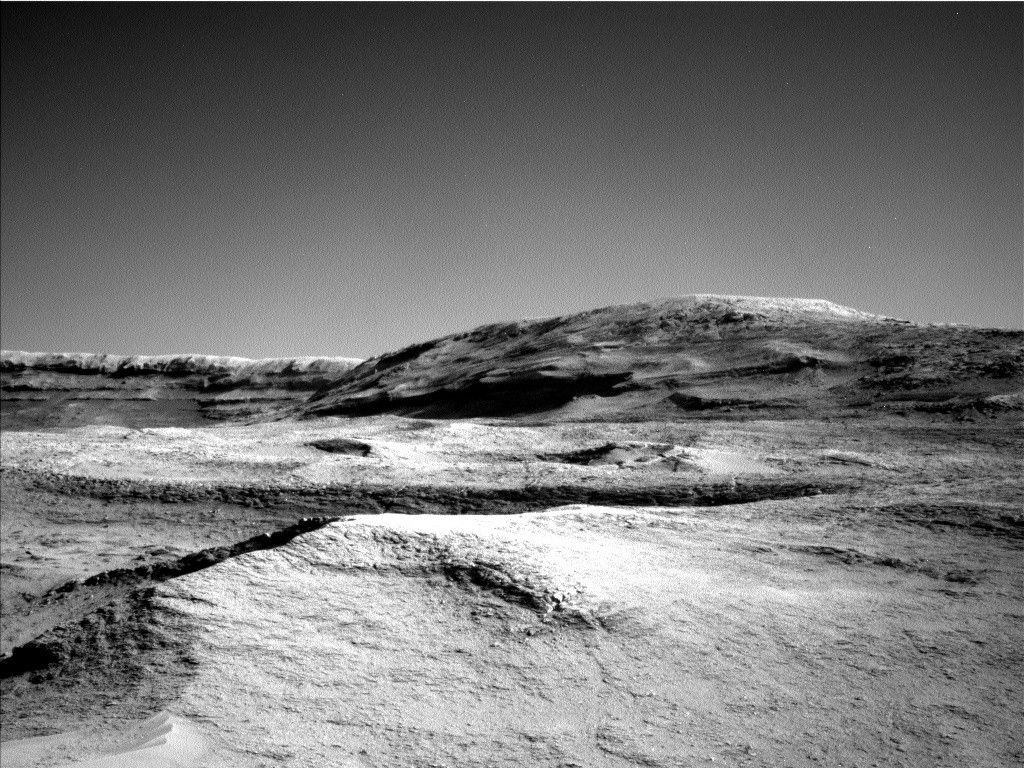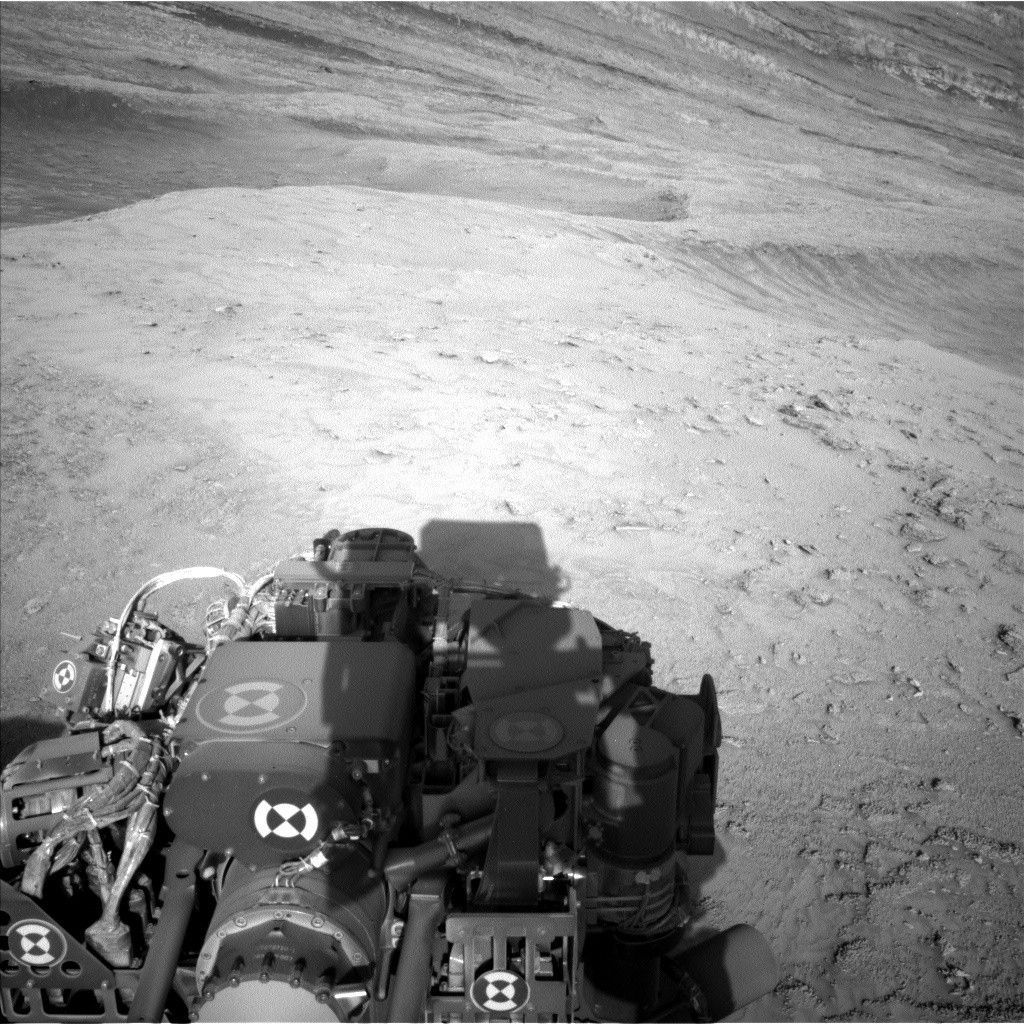- Perseverance Home
- Science
- News and Features
- Multimedia
- Mars Missions
- Mars Home
2 min read

Written by Melissa Rice, Professor of Planetary Science at Western Washington University
Following a short break for the July 4th holiday, Perseverance drove westward to a site called "Westport," where the clay-bearing "Krokodillen" unit meets an olivine-bearing rock formation. It is possible that the olivine-rich rocks are an intrusive igneous unit, meaning they could have formed when molten magma from deep within Mars got pushed upwards and cooled under the surface. If that's the case, Westport could preserve a dramatic moment in Mars' history when hot, molten material intruded into existing rock formations.
Those intrusive processes are common on Earth, and the heat of the intruding magma can fundamentally alter the surrounding geology through a process called "contact metamorphism." The heat from the intrusion will "bake" nearby rocks, creating new minerals and potentially new environments for microbial life. Conversely, the intrusive rocks get rapidly "chilled" where they meet preexisting solid rock formations.
At Westport, Perseverance is looking for evidence that the Krokodillen rocks at the contact were baked, and that the olivine-bearing rocks at the contact were chilled. Images from the Mastcam-Z instrument reveal that the contact is littered with intriguing dark, rubbly rocks alongside lighter-toned, smooth boulders. Both rock types are proving challenging to study.
The dark fragments are too small and rough for Perseverance's standard abrasion techniques, but the rover cleared off the surface of a rock called "Holyrood Bay" with its gas Dust Removal Tool (gDRT). Perseverance also tried to abrade a nearby boulder named "Drake's Point," but the rock shifted to the side, causing the abrasion to stop short. The science questions here are compelling enough, however, that Perseverance will keep trying to look within the rocks at this important boundary.









